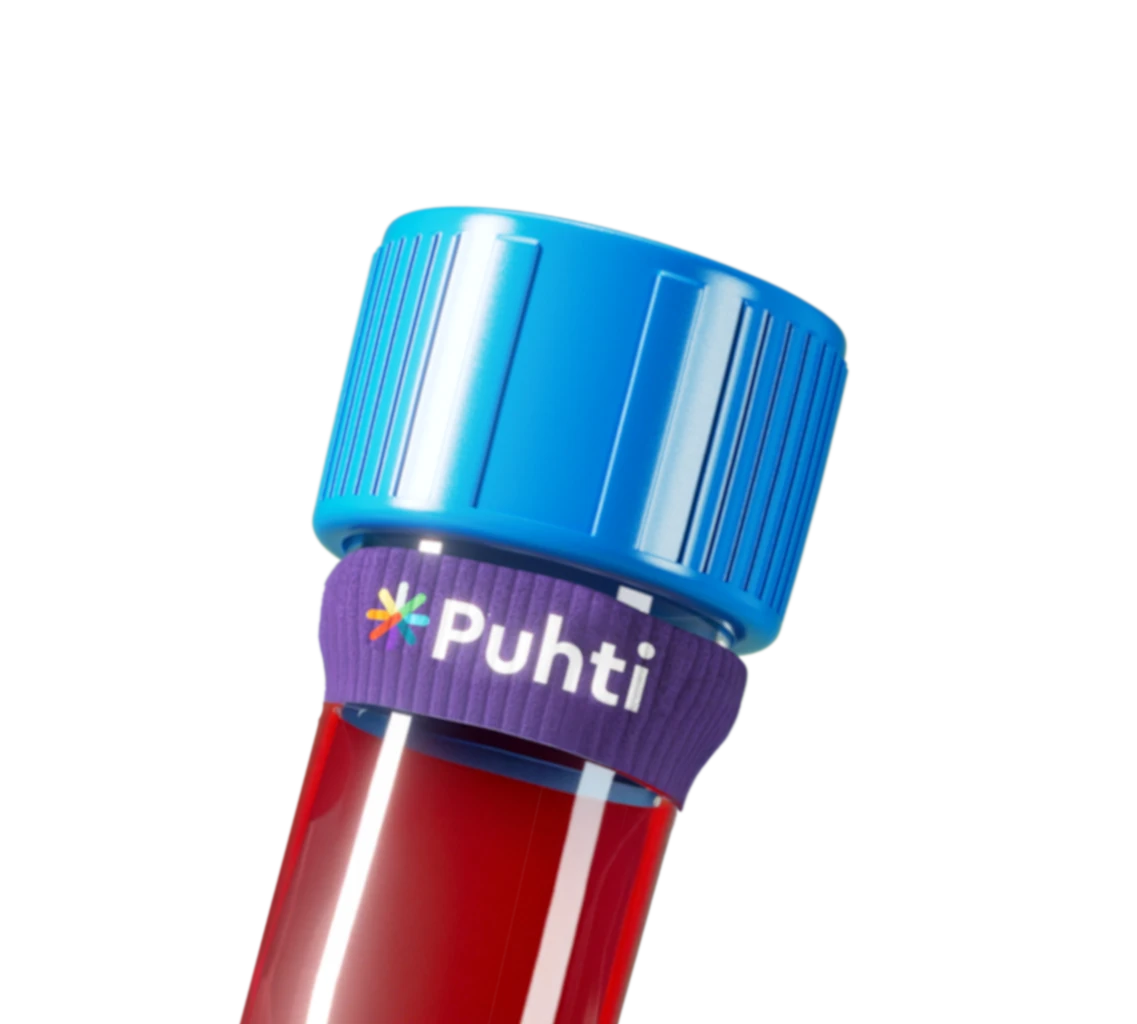
Non-HDL cholesterol
Non-HDL is calculated as the difference between total cholesterol and HDL cholesterol.

Non-HDL cholesterol
Non-HDL is calculated as the difference between total cholesterol and HDL cholesterol.
Non-HDL cholesterol
- Cholesterol levels are particularly related to the health of the blood vessels and the heart.
- Non-HDL covers all the harmful cholesterol in the blood.
What is non-HDL?
Non-HDL is calculated as the difference between total cholesterol and HDL cholesterol. Non-HDL cholesterol includes cholesterol from all atherogenic lipoprotein particles (fats that cause atherosclerosis).
Non-HDL value is a good reflection of the amount of bad cholesterol
LDL cholesterol remains the primary measure of “bad” cholesterol but the measurement of non-HDL cholesterol (or, alternatively, apolipoprotein B) is more appropriate especially for people with mild to moderate hypertriglyceridemia (i.e., triglyceride levels between 2–10 mmol/L). In these individuals, the measurement of LDL cholesterol alone does not provide a reliable risk assessment of cardiovascular diseases. LDL cholesterol levels can often look “too good” and monitoring total or LDL cholesterol alone may result in an underestimation of the risk of disease. For example, in person with type 2 diabetes, excess weight, abdominal obesity, or metabolic syndrome, non-HDL provides valuable additional information about the risk of cardiovascular diseases.
The difference to LDL cholesterol is quite small in healthy individuals with normal triglyceride levels, but in diabetics and other individuals with elevated triglyceride levels, the difference may be greater.
Recommended values for non-HDL cholesterol
Recommended values for non-HDL cholesterol are 0.8 mmol/L higher than the corresponding recommended values for LDL cholesterol. In other words, if the recommended range for LDL cholesterol is under 3.0 mmol/L, the corresponding recommended range for non-HDL cholesterol is under 3.8 mmol/L.
How can I get my non-HDL cholesterol tested?
Check out the Puhti laboratory packages, which include cholesterol measurement. Non-HDL test is part of the total cholesterol measurement.
Cholesterol measurement is included in the following test packages:
- Puhti laboratory package
- Extensive Puhti laboratory package women
- Extensive Puhti laboratory package men
Through Puhti, you can also easily book a remote appointment with a doctor as a separate service, during which you can go through all the results.





